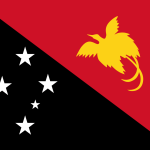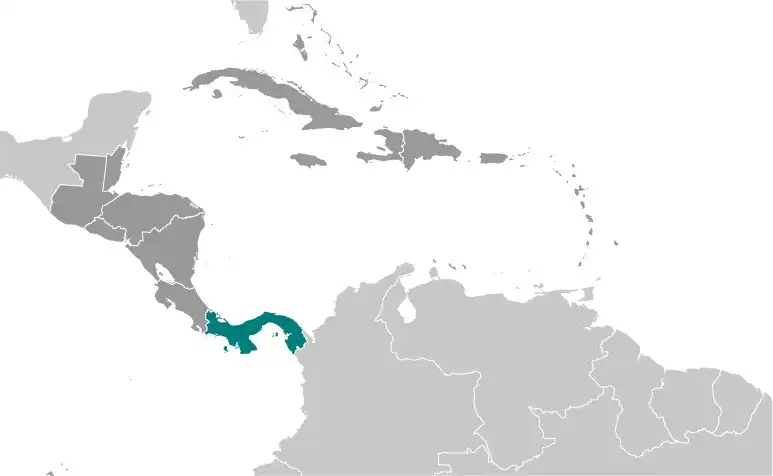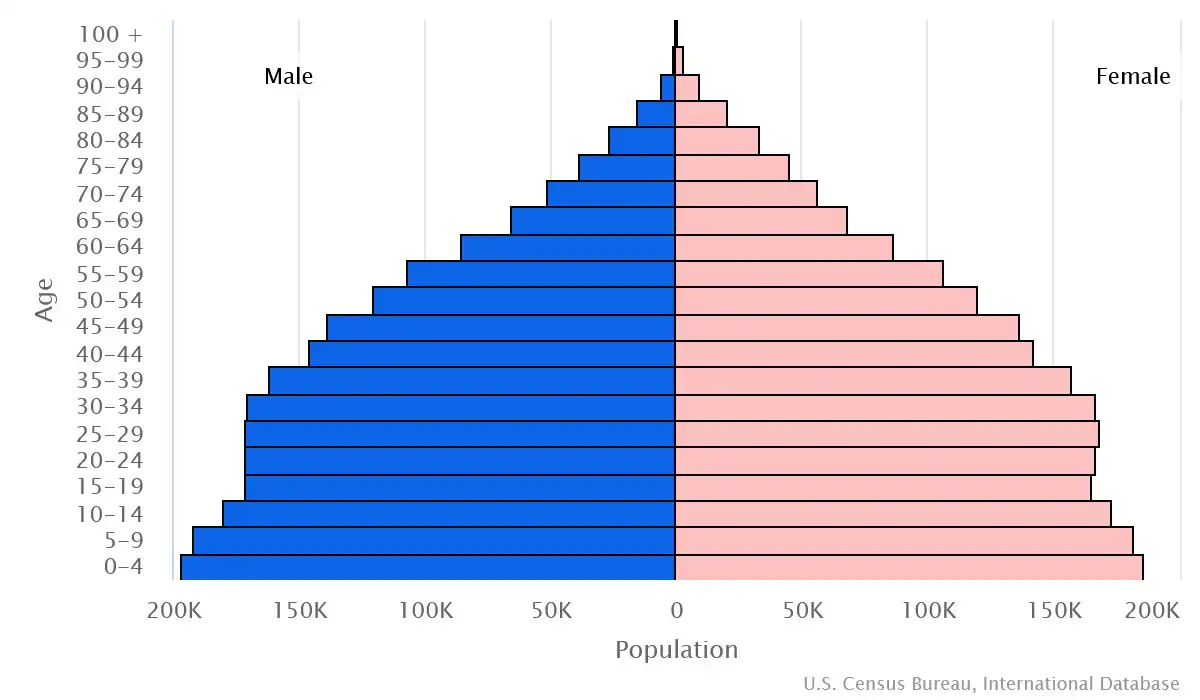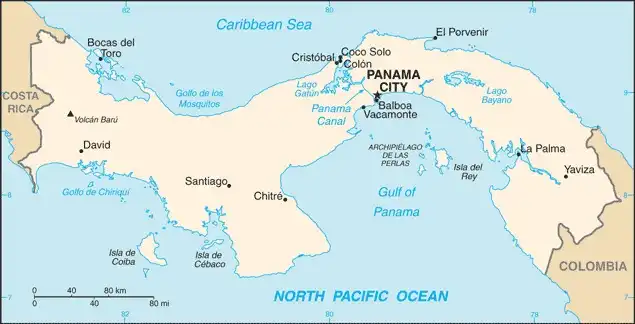
Papua New Guinea
Veröffentlicht: 20. June 2022 - Letztes Update: 28. February 2025
Country Data Dashboard

Population
4,470,241
Growth: 1.48% (2024 est.)
GDP
$83.318 billion
(2023 est.)
Area
75,420 sq km
| Government type: | presidential republic |
| Capital: | Panama City |
| Languages: | Spanish (official), Indigenous languages (including Ngabere (Guaymi), Buglere, Kuna, Embera, Wounaan, Naso (Teribe), and Bri Bri), Panamanian English Creole (a mixture of English and Spanish with elements of Ngabere, also known as Guari Guari and Colon Creole), English, Chinese (Yue and Hakka), Arabic, French Creole, other (Yiddish, Hebrew, Korean, Japanese) |
People & Society
Ethnicity (2010 est.)
Religion (2023 est.)
Age structure

Economy
Economic overview
upper middle-income Central American economy; increasing Chinese trade; US dollar user; canal expansion fueling broader infrastructure investment; services sector dominates economy; historic money-laundering and illegal drug hub
Real GDP (purchasing power parity) in Billion $
Real GDP per capita in $
Exports & Imports in billion $
Top 5 Import Partner in 2022 (71%)
Top 5 Import Commodities in 2022
- crude petroleum 🛢️
- refined petroleum ⛽
- ships 🚢
- garments 👕
- packaged medicine 💊
Top 5 Export Partner in 2022 (71%)
Top 5 Export Commodities in 2022
- copper ore 🟧🪙
- ships 🚢
- fish 🐟
- bananas 🍌
- refined petroleum ⛽
Geography
Map

Area
Natural resources
- copper 🟧🪙
- mahogany forests 🌳
- shrimp 🦐
- hydropower 💧⚡
Climate
tropical maritime; hot, humid, cloudy; prolonged rainy season (May to January), short dry season (January to May)
Historical Background Information
Explored and settled by the Spanish in the 16th century, Panama broke with Spain in 1821 and joined a union of Colombia, Ecuador, and Venezuela that was named the Republic of Gran Colombia. When the union dissolved in 1830, Panama remained part of Colombia. With US backing, Panama seceded from Colombia in 1903 and promptly signed a treaty with the US allowing for the construction of a canal and US sovereignty over a strip of land known as the Panama Canal Zone on either side of the structure. The US Army Corps of Engineers built the Panama Canal between 1904 and 1914. In 1977, an agreement was signed for the complete transfer of the Canal from the US to Panama by the end of the century. Certain portions of the Zone and increasing responsibility over the Canal were turned over in the subsequent decades. With US help, Panamanian dictator Manuel NORIEGA was deposed in 1989. The entire Panama Canal, the area supporting the Canal, and remaining US military bases were transferred to Panama by the end of 1999. An ambitious expansion project to more than double the Canal's capacity by allowing for more Canal transits and larger ships was carried out between 2007 and 2016.
